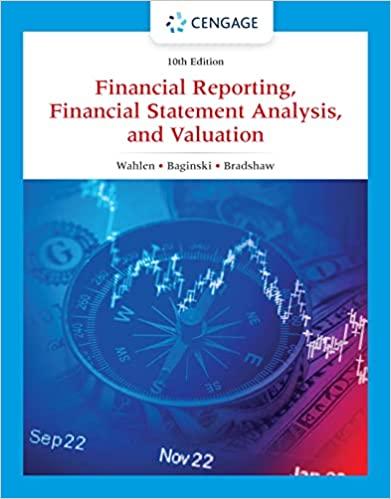Answered step by step
Verified Expert Solution
Question
1 Approved Answer
Down Under Boomerang, Inc., is considering a new 3-year expansion project that requires an initial fixed asset investment of $2.29 million. The fixed asset falls
| Down Under Boomerang, Inc., is considering a new 3-year expansion project that requires an initial fixed asset investment of $2.29 million. The fixed asset falls into the 3-year MACRS class (MACRS schedule). The project is estimated to generate $1,715,000 in annual sales, with costs of $624,000. The project requires an initial investment in net working capital of $260,000, and the fixed asset will have a market value of $195,000 at the end of the project. |
| a. | If the tax rate is 21 percent, what is the projects Year 0 net cash flow? Year 1? Year 2? Year 3? (A negative answer should be indicated by a minus sign. Do not round intermediate calculations and enter your answers in dollars, not millions of dollars, rounded to two decimal places, e.g., 1,234,567.89.) |
| b. | If the required return is 9 percent, what is the project's NPV? (Do not round intermediate calculations and enter your answer in dollars, not millions of dollars, rounded to two decimal places, e.g., 1,234,567.89.) |

Step by Step Solution
There are 3 Steps involved in it
Step: 1

Get Instant Access to Expert-Tailored Solutions
See step-by-step solutions with expert insights and AI powered tools for academic success
Step: 2

Step: 3

Ace Your Homework with AI
Get the answers you need in no time with our AI-driven, step-by-step assistance
Get Started


